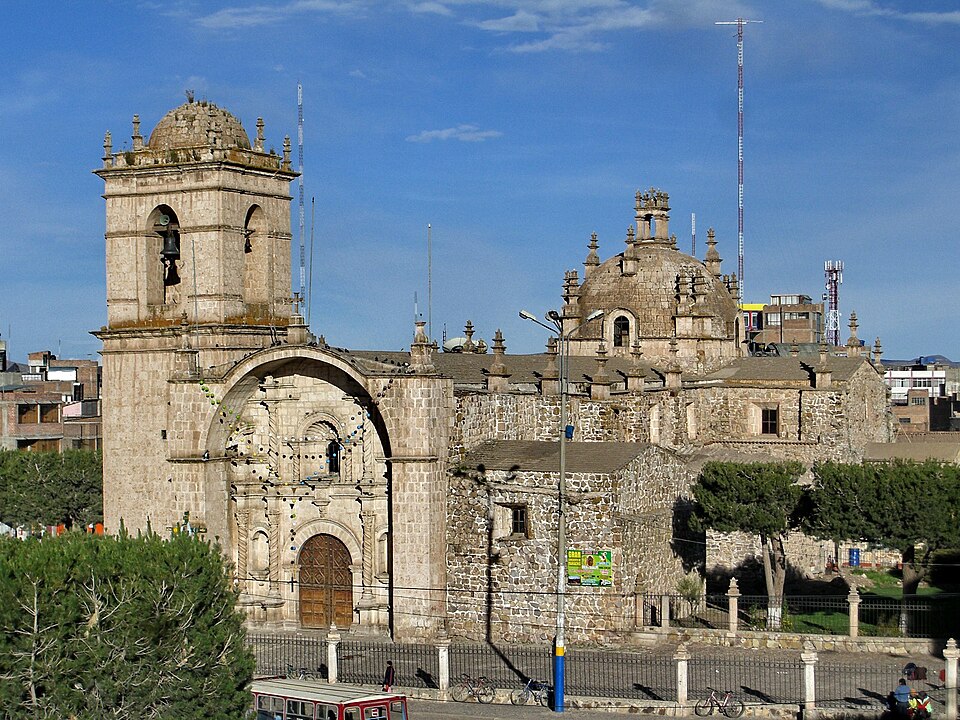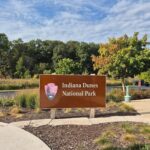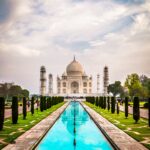Quick Bits:
Juliaca lies in the heart of the Peruvian Altiplano. This highland city pulses with trade, noise, and resilience. Streets buzz with mototaxis and vendors selling goods from fruits to electronics. Though less polished than Cusco or Arequipa, Juliaca carries a raw charm. It’s not a tourist-first city, which gives it authenticity. Here, local life takes center stage.
The city acts as a vital trade route, linking southern Peru with Bolivia and Brazil. It sits at the crossroads of railways and highways. Its airport, Inca Manco Cápac International Airport, makes it the highest commercial airport in Peru. This hub supports a fast-paced urban rhythm set against stark Andean beauty.
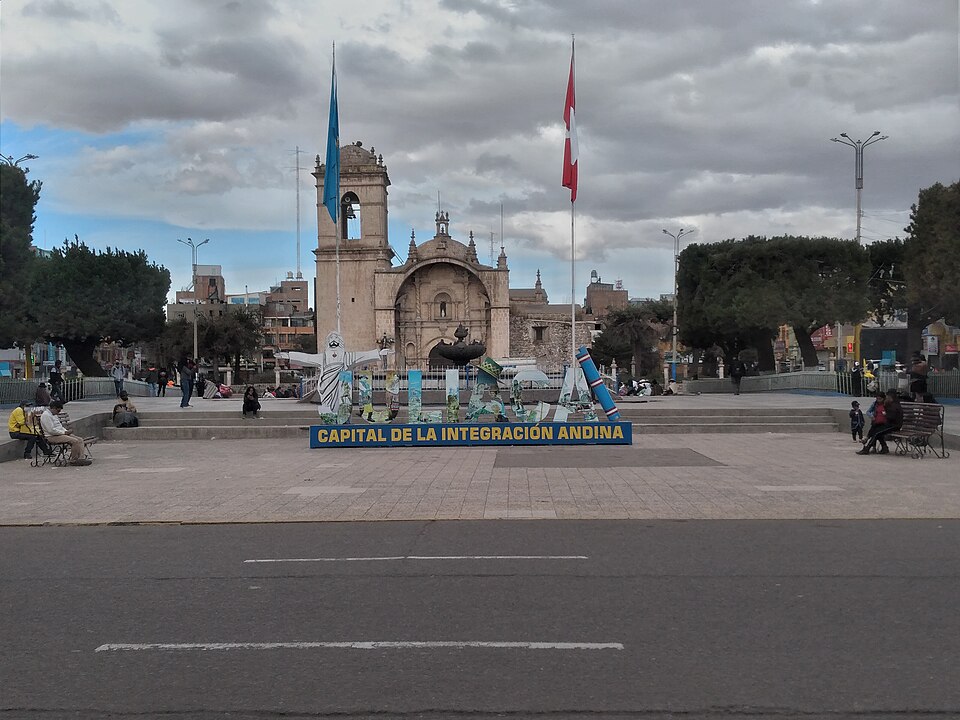
Image by: Jhordan Chaiña Mamani- Via Wikipedia
Key Highlights
- Altitude: 3,825 meters above sea level
-
Location: San Román Province, Puno Region
-
Famous for: Street markets, Andean textiles, and wind-swept highlands
-
Closest attraction: Lake Titicaca (less than an hour away)
-
Known for: Cultural blend, high-altitude geography, and traditional festivals.
General Information
Juliaca lies in the heart of the Peruvian Altiplano. This highland city pulses with trade, noise, and resilience. Streets buzz with mototaxis and vendors selling goods from fruits to electronics. Though less polished than Cusco or Arequipa, Juliaca carries a raw charm. It’s not a tourist-first city, which gives it authenticity. Here, local life takes center stage.
The city acts as a vital trade route, linking southern Peru with Bolivia and Brazil. It sits at the crossroads of railways and highways. Its airport, Inca Manco Cápac International Airport, makes it the highest commercial airport in Peru. This hub supports a fast-paced urban rhythm set against stark Andean beauty.
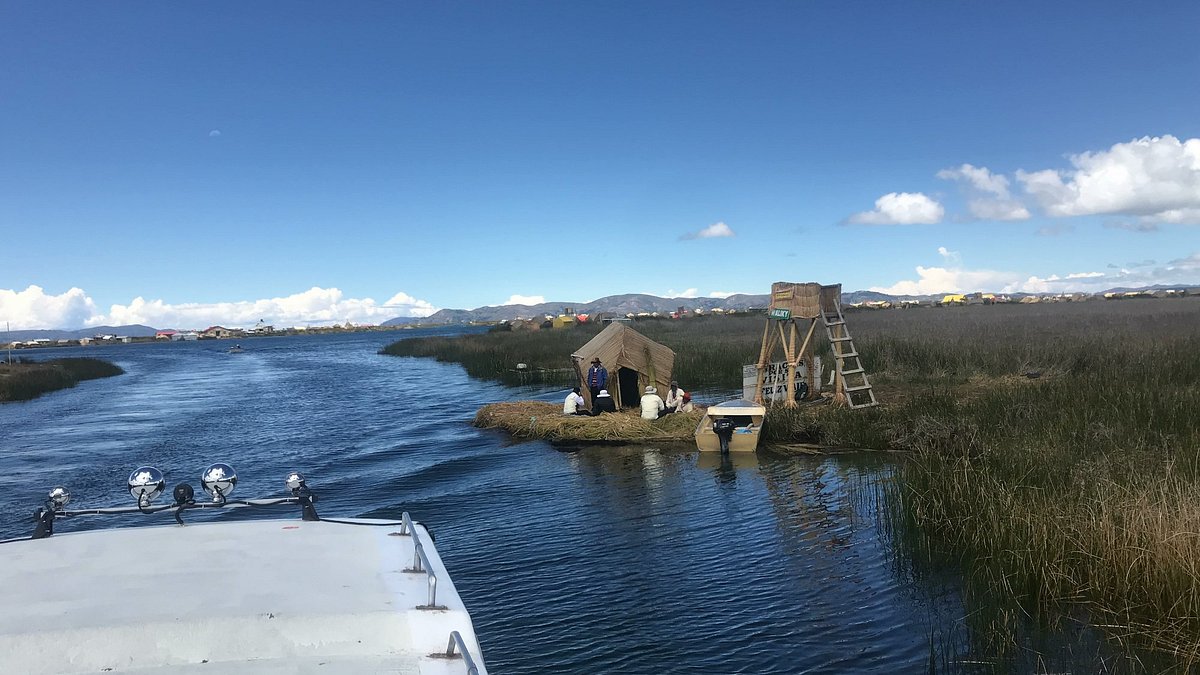
Image by: Jonathan12_12– Via Tripadvisor
Geography Information
Juliaca stands on the windswept Collao Plateau. This vast flatland stretches across southeastern Peru and spills into Bolivia. The city’s altitude places it among the world’s highest settlements. Mountains loom in the distance while dry fields and pastures surround the outskirts.
The Altiplano landscape is both harsh and hypnotic. Days can be sun-drenched, nights freezing. The thin air is rich with silence except for occasional gusts of wind. Rivers like the Maravillas and Coata cut through the dry basin, feeding farmlands and local life. Grasses, ichu, and hardy crops like quinoa paint the landscape.

Image by: feliyon– Via Tripadvisor
Places to Visit
Though Juliaca lacks postcard-style landmarks, it holds cultural gems. Its soul lies in the streets, festivals, and faces. Here are key spots to explore:
Plaza Bolognesi
The city’s main square hums with activity. A stone monument honors war hero Francisco Bolognesi. Locals gather here, especially during events or market days.
Templo de Santa Catalina
This colonial-era church stands in contrast to its modern surroundings. Built from volcanic stone, it offers a window into religious and architectural traditions.
Mercado Túpac Amaru
Juliaca’s biggest open market sprawls across several blocks. It sells everything imaginable. From alpaca wool sweaters to musical instruments, it’s a sensory overload.
Cerro Huaynarroque
Climb this hill for a sweeping view of Juliaca. The trail is rocky and steep, but it’s a peaceful escape. The summit features a large white cross and vistas that stretch beyond city limits.
Pukara Archaeological Site (Short Day Trip)
About 90 minutes from Juliaca lies Pukara, a pre-Inca site rich in ceramics, pyramids, and stone sculptures. Its museum explains the rise of the Pukara culture and their role in Andean history.
Sillustani Burial Towers
Roughly an hour away, these chullpas (funerary towers) once held the remains of nobles. The site overlooks Lake Umayo and is a powerful spiritual landscape.
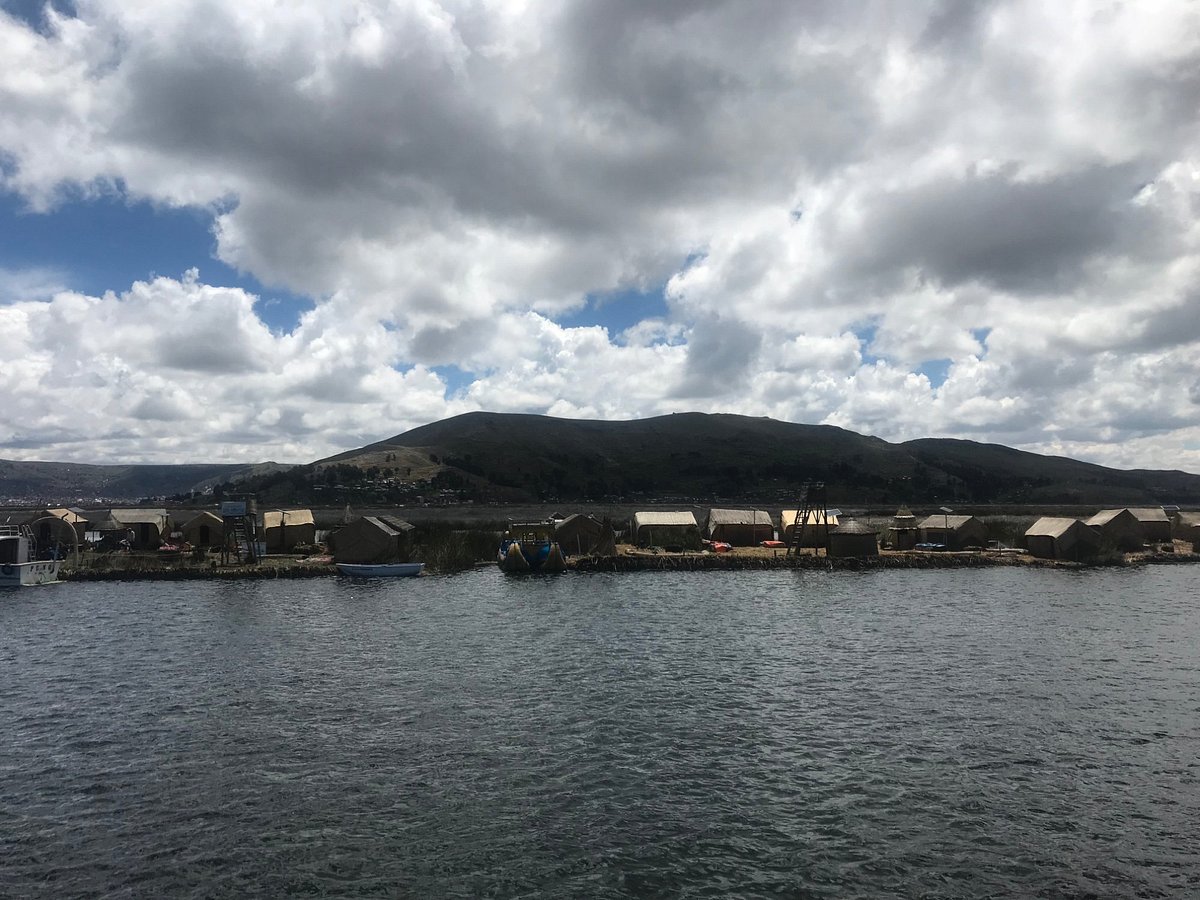
Image by: Jonathan– Via Tripadvisor
Yearly Climate
Juliaca’s climate falls under the highland dry category. It has two main seasons: dry and wet.
Dry Season (May to October)
-
Clear skies
-
Cold nights, mild days
-
Temperatures: 0°C at night, 15°C during the day
-
Best for photography, trekking, and festivals
Wet Season (November to April)
-
Afternoon rains
-
Mornings often bright
-
Temperatures: 4°C to 17°C
-
Lush green countryside, but muddy streets
The wind is a constant companion in Juliaca. Gusts sweep across the flat terrain daily, reinforcing its Windy City nickname.
Best Time of Year to Visit
The dry season is ideal for visiting Juliaca. From May through August, skies remain clear and temperatures stable. Festivals, especially in June and July, fill streets with music, dance, and vibrant costumes. These months are also best for day trips to Sillustani and Lake Titicaca.
Avoid visiting in January or February unless rain and road challenges don’t bother you. Some festivals still occur in these months, but logistics may prove difficult.
Festivals worth experiencing:
-
Fiesta de San Santiago (July): A fusion of Catholic and Andean traditions, packed with parades and music.
-
Candelaria Festival (Puno – February): Though centered in nearby Puno, many visitors pass through Juliaca. Dancers and musicians come from all over Peru.
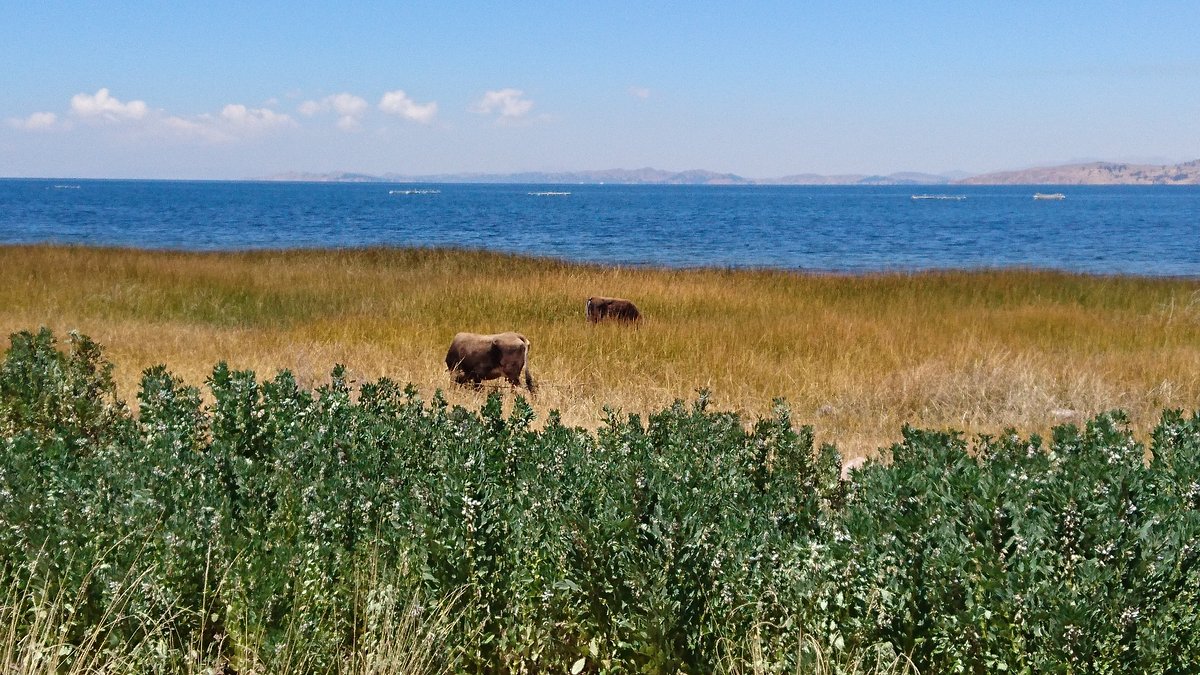
Image by: Romain B– Via Tripadvisor
In Summary…
Juliaca isn’t polished, but it’s alive. The city is a crossroad of commerce and culture. Its streets show the real Peru: bustling, unvarnished, resilient. It opens the door to ancient sites, sacred lakes, and windswept highlands.
Whether you’re chasing history, markets, or movement, Juliaca gives a distinct taste of the Altiplano. Spend time in its plazas, climb its hills, and greet the wind. Then carry the pulse of this city with you as you move on to Lake Titicaca or beyond.

